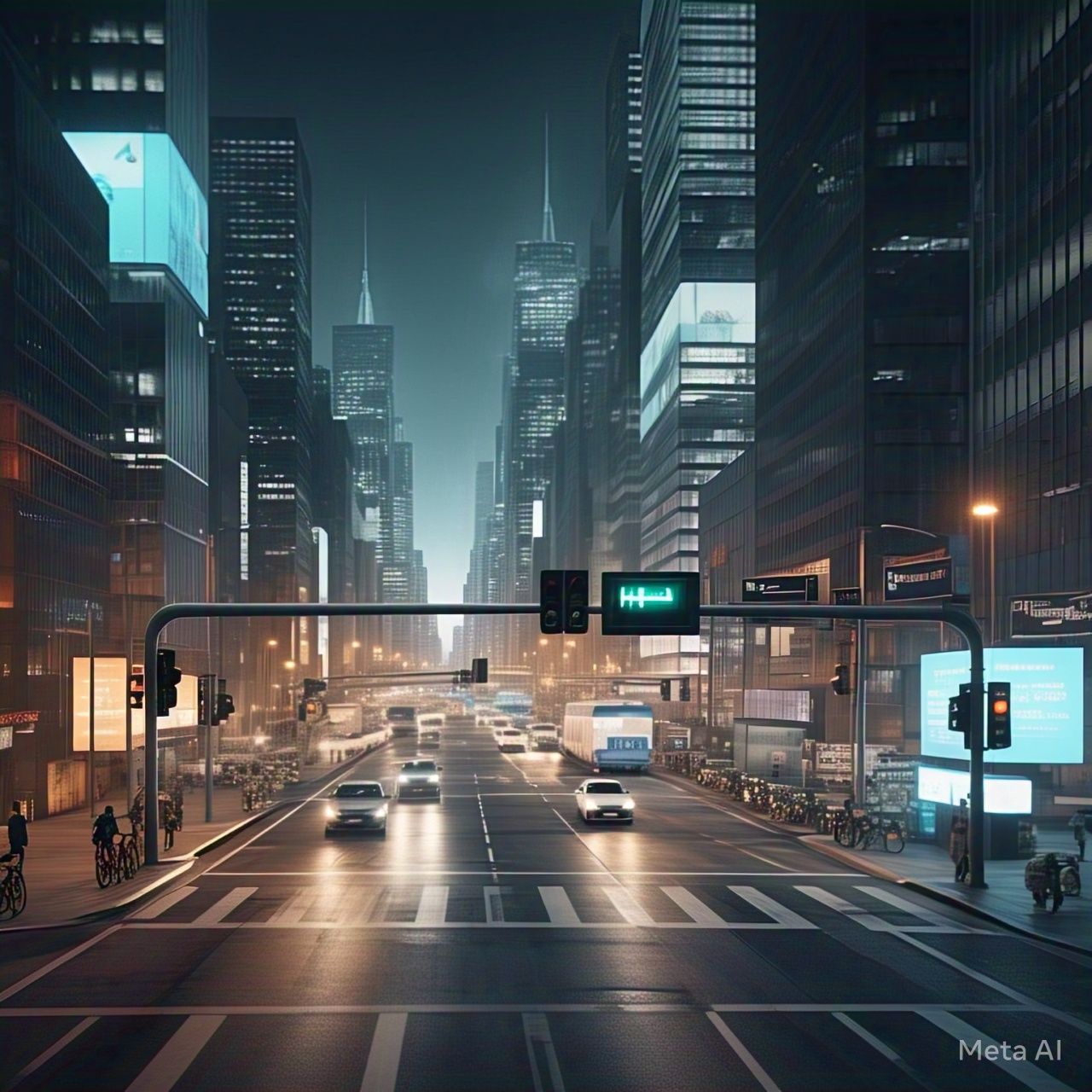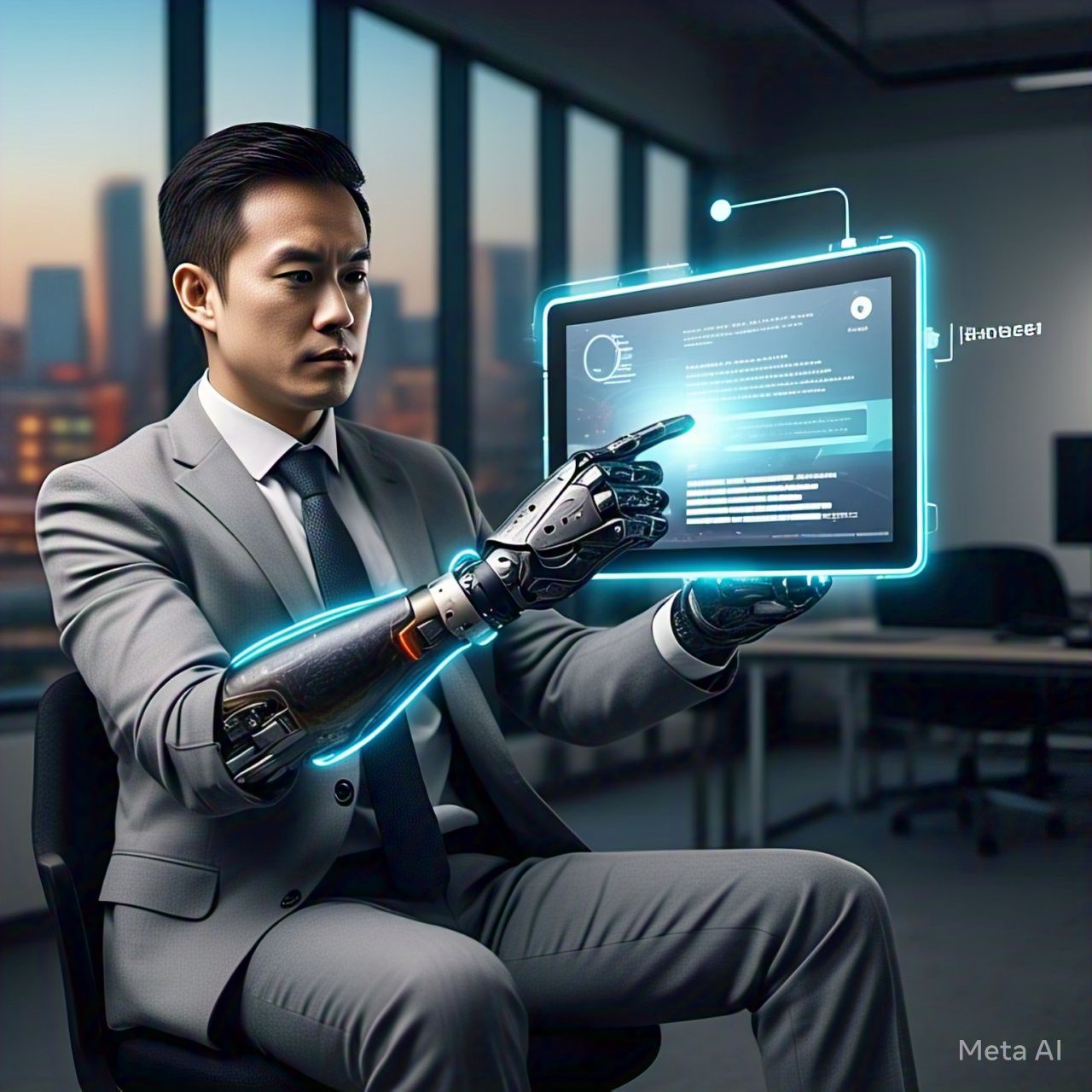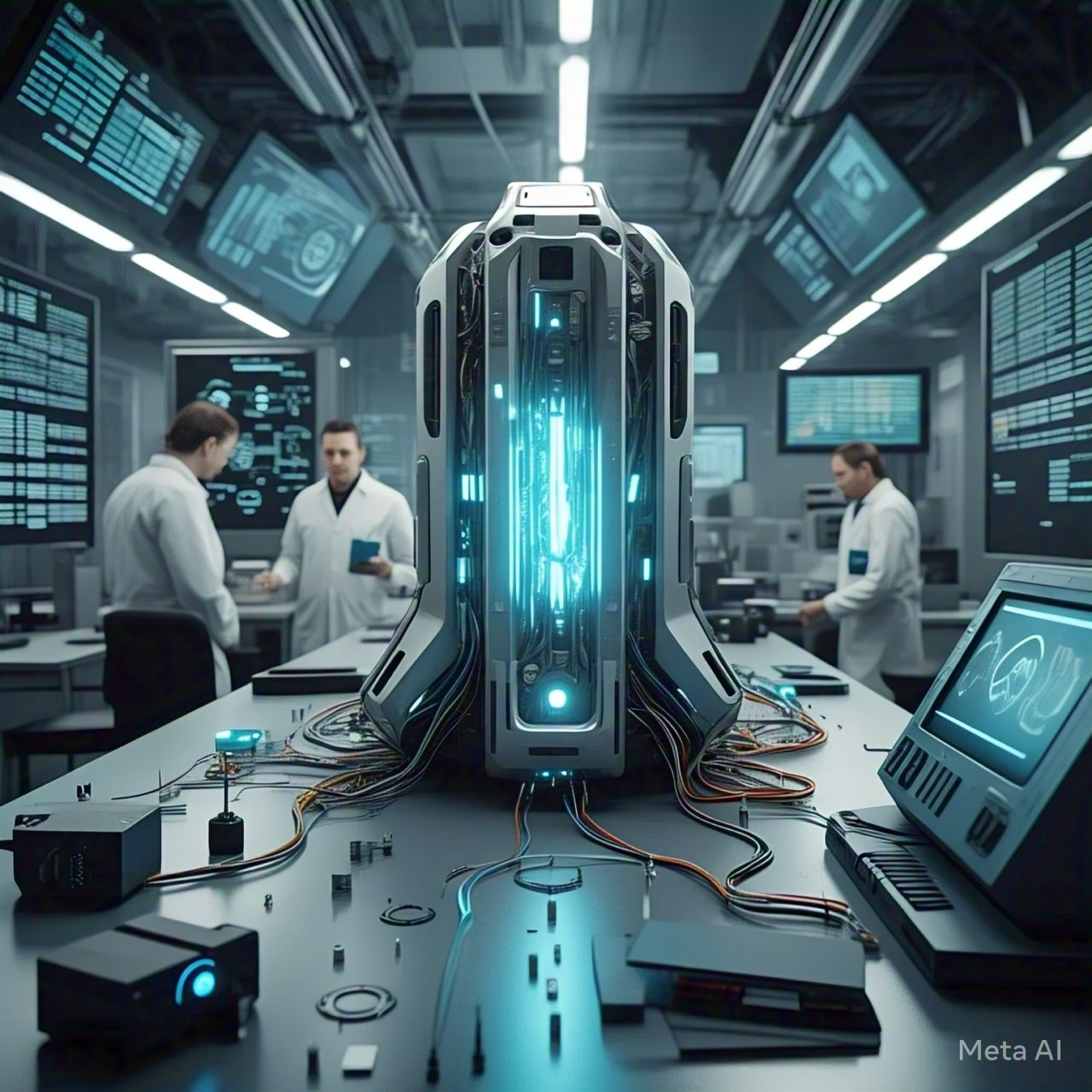Table of Contents
- Introduction
- The Need for Smarter Traffic Management
- How AI-Powered Traffic Lights Work
- Sensor Technology and Data Collection
- Machine Learning and Predictive Analytics
- Real-Time Traffic Optimization
- Key Benefits of AI Traffic Lights
- Reducing Traffic Congestion
- Lowering Carbon Emissions
- Enhancing Road Safety
- Improving Emergency Response
- Challenges and Limitations
- Future Trends in AI-Driven Traffic Management
- Conclusion
- FAQs
1. Introduction
Traffic congestion and vehicular emissions have long been pressing concerns for urban centers worldwide. Traditional traffic light systems, operating on fixed schedules, struggle to adapt to real-time traffic conditions, leading to inefficient road usage and increased fuel consumption. AI-powered traffic lights are emerging as a game-changing solution, optimizing traffic flow and reducing congestion while lowering carbon emissions. These smart systems leverage artificial intelligence (AI) to dynamically adjust signal timings, ensuring a smoother and more sustainable urban commute.
2. The Need for Smarter Traffic Management
With urban populations growing and vehicle ownership rising, traffic congestion has become a significant challenge. According to a report by the World Economic Forum, traffic jams cost cities billions of dollars annually in lost productivity and excess fuel consumption. Traditional traffic light systems, which operate on predetermined cycles, fail to accommodate unpredictable fluctuations in traffic. AI-powered traffic lights, however, adapt in real time, using data-driven decision-making to ease congestion and minimize delays.
3. How AI-Powered Traffic Lights Work
3.1 Sensor Technology and Data Collection
AI-powered traffic lights rely on a network of sensors, cameras, and IoT (Internet of Things) devices to gather real-time data on traffic patterns, vehicle density, and pedestrian movement. These sensors detect vehicle numbers, waiting times, and road conditions, feeding the data into an AI-based control system.
3.2 Machine Learning and Predictive Analytics
Advanced AI algorithms analyze historical and real-time traffic data to predict congestion patterns. Machine learning models continuously improve over time, allowing traffic systems to anticipate rush hours, detect anomalies, and optimize signal timings proactively.
3.3 Real-Time Traffic Optimization
AI-powered traffic lights dynamically adjust signal durations based on live traffic data. Instead of following a rigid schedule, these systems allocate more green light time to roads with higher traffic volumes while ensuring smooth pedestrian crossings and prioritizing emergency vehicles when necessary.
4. Key Benefits of AI Traffic Lights
| Benefit | Description |
|---|---|
| Reducing Traffic Congestion | AI optimizes traffic flow, reducing bottlenecks and minimizing waiting times at intersections. |
| Lowering Carbon Emissions | By cutting idle times and unnecessary fuel consumption, AI traffic systems contribute to lower greenhouse gas emissions. |
| Enhancing Road Safety | AI can detect hazardous situations, preventing accidents and ensuring better traffic rule enforcement. |
| Improving Emergency Response | Smart traffic signals prioritize ambulances and emergency vehicles, reducing their travel time and saving lives. |
5. Challenges and Limitations
While AI-powered traffic lights offer promising solutions, challenges remain. High implementation costs, the need for extensive infrastructure upgrades, and data privacy concerns are key barriers to widespread adoption. Additionally, integrating AI with legacy traffic systems can be complex, requiring careful coordination between city planners and technology providers. Addressing these challenges will be crucial in unlocking the full potential of AI-driven traffic management.
6. Future Trends in AI-Driven Traffic Management
The future of AI-powered traffic lights looks bright with ongoing advancements in AI, 5G connectivity, and edge computing. Emerging trends include:
- Vehicle-to-Infrastructure (V2I) Communication: Enabling real-time communication between smart vehicles and traffic signals for optimal routing.
- Autonomous Traffic Management Systems: Fully AI-driven city-wide traffic networks with minimal human intervention.
- Integration with Smart Cities: AI traffic lights becoming part of larger smart city ecosystems, enhancing overall urban mobility.
7. Conclusion
AI-powered traffic lights represent a significant leap forward in urban traffic management. By leveraging real-time data and predictive analytics, these systems optimize traffic flow, reduce congestion, and cut emissions. While challenges exist, continuous technological advancements and government investments in smart infrastructure indicate a promising future for AI-driven traffic management. As cities move towards sustainability, AI traffic lights will play a pivotal role in shaping efficient and eco-friendly urban mobility.
8. FAQs
Q1. How do AI-powered traffic lights reduce congestion?
AI analyzes real-time traffic data and adjusts signal timings dynamically to optimize traffic flow and minimize delays.
Q2. What technologies are used in AI traffic lights?
AI traffic lights use machine learning, IoT sensors, computer vision, and predictive analytics to monitor and control traffic.
Q3. Are AI traffic lights cost-effective?
Although initial costs are high, long-term savings in fuel efficiency, reduced congestion, and lower emissions make them cost-effective.
Q4. How do smart traffic lights improve road safety?
They detect potential hazards, enforce traffic rules, and adjust signals to prevent accidents and ensure smoother pedestrian crossings.
Q5. What is the future of AI in traffic management?
The future includes greater integration with autonomous vehicles, smart city infrastructures, and fully automated traffic control systems.
References
- World Economic Forum. (2023). Smart Traffic Management and Urban Mobility.
- National Highway Traffic Safety Administration (NHTSA). (2023). AI in Traffic Control: Enhancing Safety and Efficiency.
- Smith, J. (2022). Artificial Intelligence in Urban Transportation. Transportation Research Journal.




